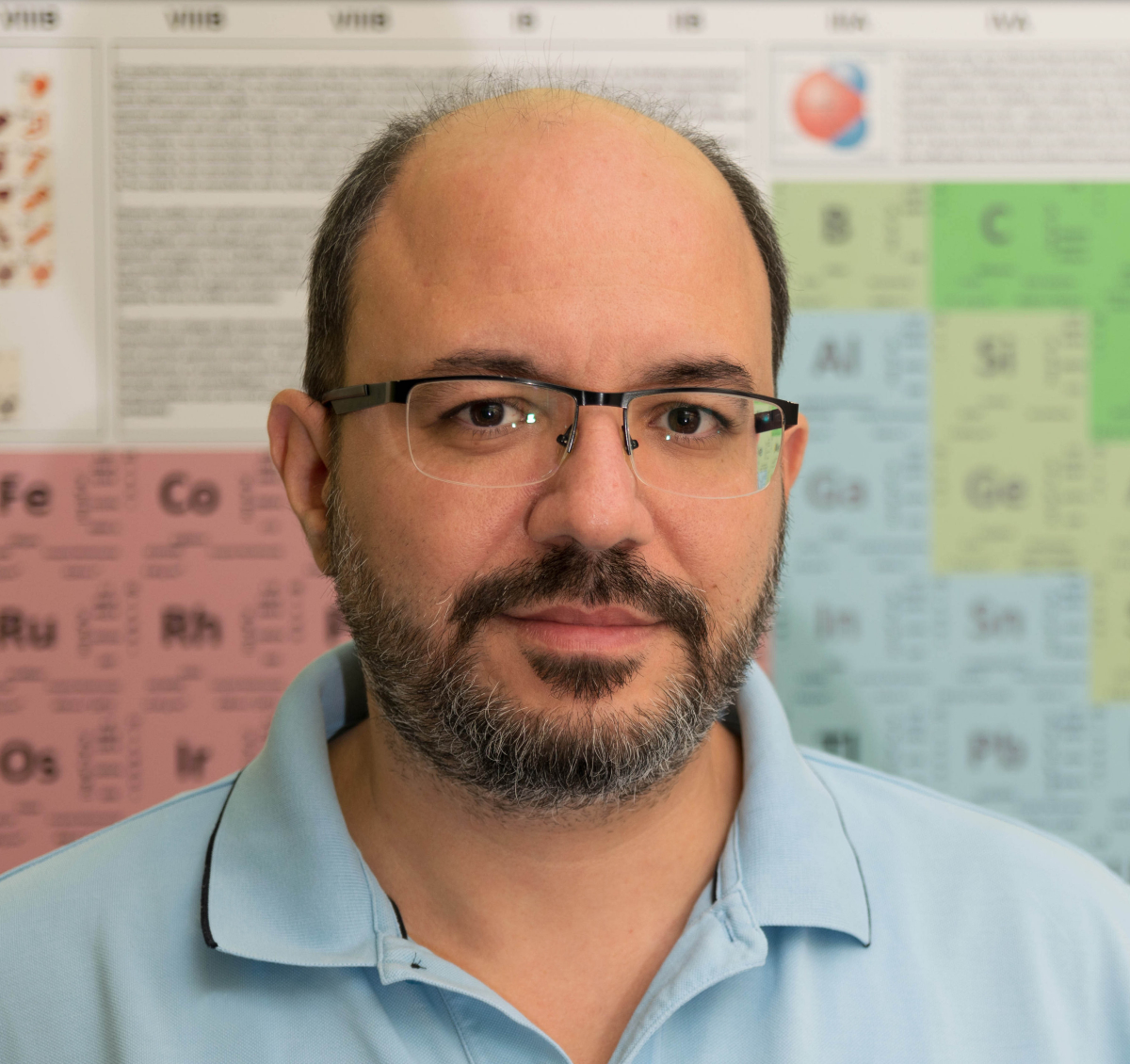Prof. Emmanuel N. Koukaras is an Assistant Professor in Applied Quantum Chemistry at the School of Chemistry of the Aristotle University of Thessaloniki (AUTH). He is a member of the Laboratory of Computational and Quantum Chemistry of the School of Chemistry / AUTH, and also a Senior Research Fellow of the Composite and Nanomaterials Laboratory of FORTH/ICE-HT. He has a BSc in Physics, MSc in Theoretical and Computational Physics, and a PhD in Computational Condensed Matter Physics, all from the Department of Physics of the Univerisity of Patras. His PhD thesis is entitled «Theoretical study of silicon based nanoparticles and nanosystems». During his MSc studies he received the "K. Karatheodori" research scholarship.
Since he obtained his doctoral degree (2010) he has worked as a researcher in the Organic Chemical Technology Laboratory at the Aristotle University of Thessaloniki, and as a contract Lecturer at the Department of Informatics and Computer Technology and Department of Electronics of the Higher Technological Educational Institute of Lamia. His research interests are on the theoretical and computational study of materials through computations from first principles (ab initio), density functional theory (DFT), semiempirical methods, as well as molecular dynamics (ab initio and classical).
His current research activities are primarily focused on mechanical, elastic and vibrational properties of graphene, and also in the design of molecular structures (small molecules and polymers) for organic solar cells, for hydrogen storage (metal-organic frameworks and metal hydride clusters), for targeted drug delivery and controlled drug release (mainly chitosan and chitosan-derivative polymers and metal-organic frameworks), as well as in electronic and optical properties of low-dimensional (0D and 1D) semiconducting systems (nanoclusters, quantum wires or nanowires, and nanorods). The diversity of molecular systems that he's been involved with and experience in conveying ideas and results with experimentalists aligns nicely with the diverse design aspects and interdisciplinary requirements inherent to the GRAFEL research project.
He has published 84 peer reviewed papers in international refereed scientific journals; he has participated in more than 10 international conferences/workshops/schools. His work has been cited more than 1600 times and has achieved an h-index 22.


